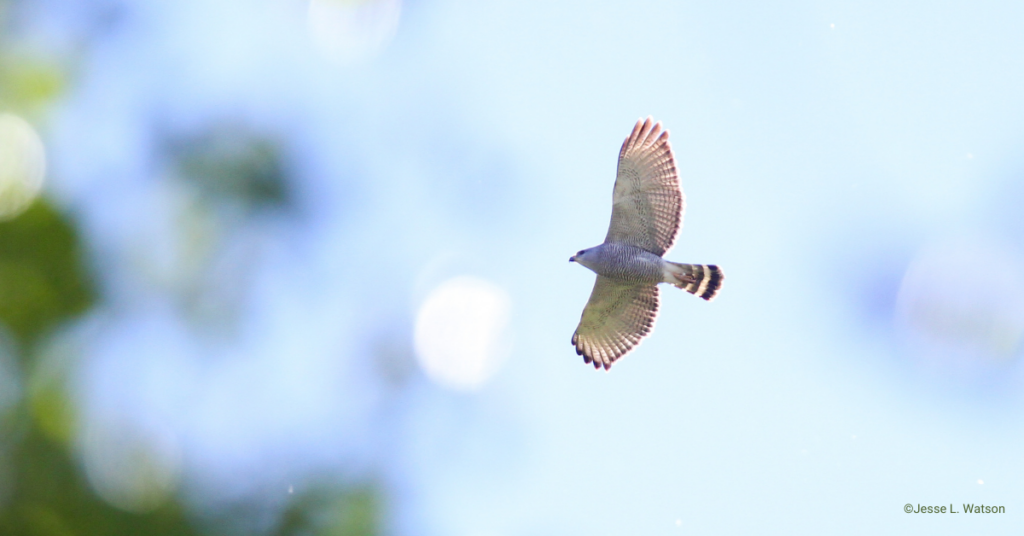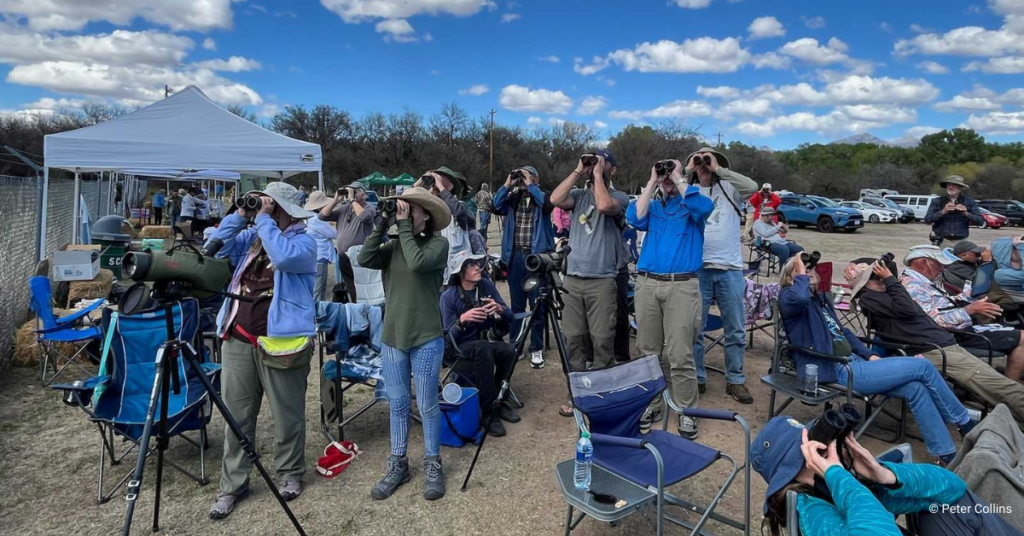Back in June 2017, a keen, early-career raptor researcher from Australia reached out to HWI with interest in volunteering on the migration network. At the time, Chris MacColl worked as a threatened species biologist for Rio Tinto in Weipa, Queensland, Australia, and hoped to visit the USA in late fall to gain some hands-on raptor experience. This experience is hard to find in Australia for a number of reasons, including that their birds have no harsh winters to escape, so they don’t migrate en masse like the species we monitor in North America. Chris planned to round out his trip by attending the Raptor Research Foundation meeting hosted by HWI that year.
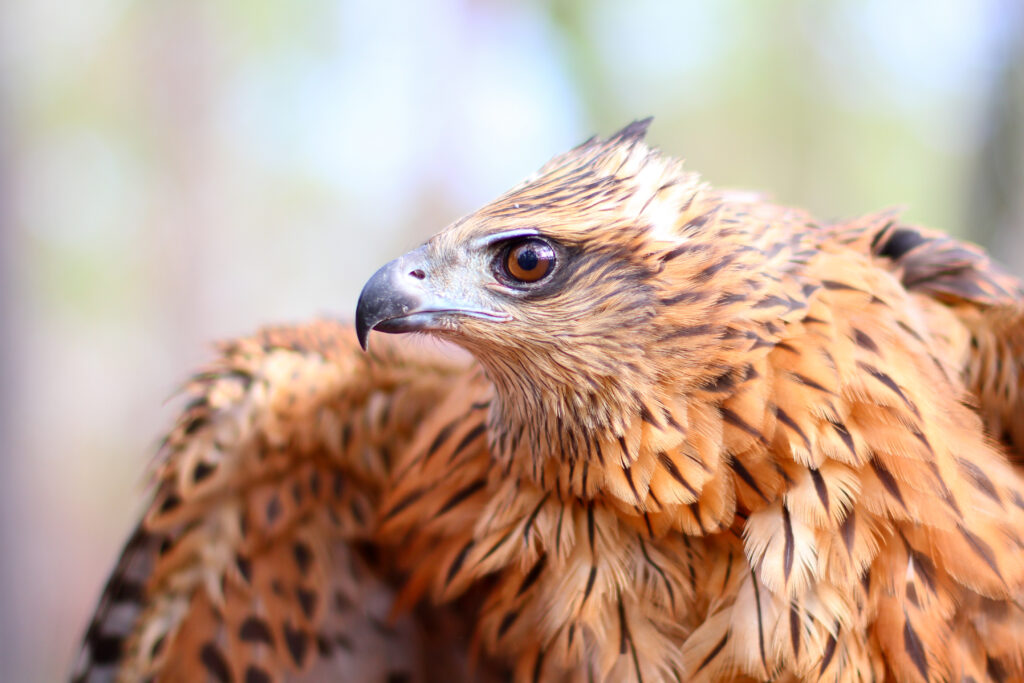
Unfortunately, Chris’s plans didn’t pan out, and he could not make it to Utah that fall. Fast forward a few years to 2019, when Chris reached out to me again with the exciting news that he’d started a Ph.D. studying the ecology of the Red Goshawk. With plans to capture and tag Australia’s rarest raptor, Chris was eager to gain telemetry attachment experience and boost his raptor trapping and handling skillset. After several discussions, we solidified plans for a 3-4 week visit to the US during fall 2020…but we all know how things went in 2020.
Without the opportunity to increase his raptor research skills via HWI, Chris enlisted the help of local biologists to build his skillset and develop techniques for catching Red Goshawks. In 2021 Chris reached out again, this time with an invite to join him for his last season of Ph.D. work, tagging Red Goshawks in Northern Queensland. Now an experienced raptor researcher, Chris had captured and attached Argos/GPS transmitters 1 to 14 Red Goshawks and asked if I was interested in venturing into remote Northern Queensland with him and his team to deploy the last transmitters for his study! Wow, what an opportunity—Chris didn’t have to ask me twice! Lucky for me, this fieldwork would occur during my slow season (November/December), meaning I was available for an extended trip Down Under. In addition to time spent exploring eastern Australia, I was set to assist Chris and his team for two weeks catching and tagging juvenile Red Goshawks across Cape York Peninsula in the far north-east of the country.
Those five weeks in Australia were jam-packed with life-changing experiences, and it’s impossible to sum them up with words. Highlights included meeting some of the friendliest and most generous people I’ve ever had the pleasure of meeting, observing numerous species of wallabies and kangaroos, thousands of megabats, snorkeling in the Great Barrier Reef, and seeing nearly 250 new species of birds. Unsurprisingly, one of the biggest highlights was the opportunity to work with the incredible Red Goshawk (Erythrotriorchis radiatus). They are a unique raptor species and one of two members of the genus Erythrotriorchis (the other is the Chestnut-shouldered Goshawk (E. buergersi), a data-deficient species in New Guinea). These goshawks scantly resemble the Northern Goshawk (Accipiter gentilis). In comparison, Red Goshawk have longer, deeply-fingered wings, massive legs, and feet and are quite colorful.
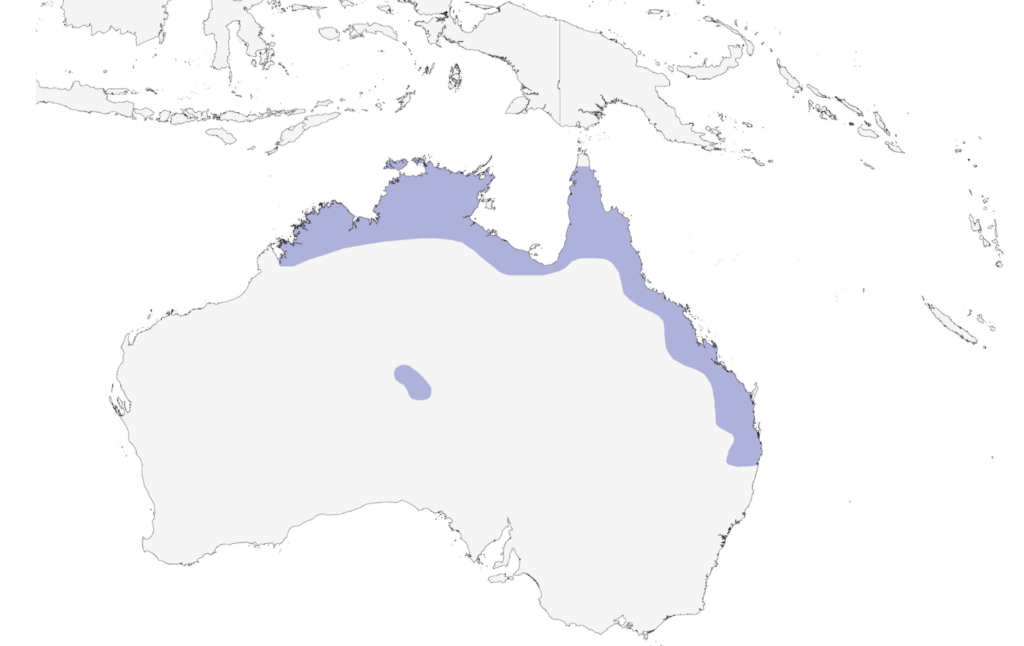
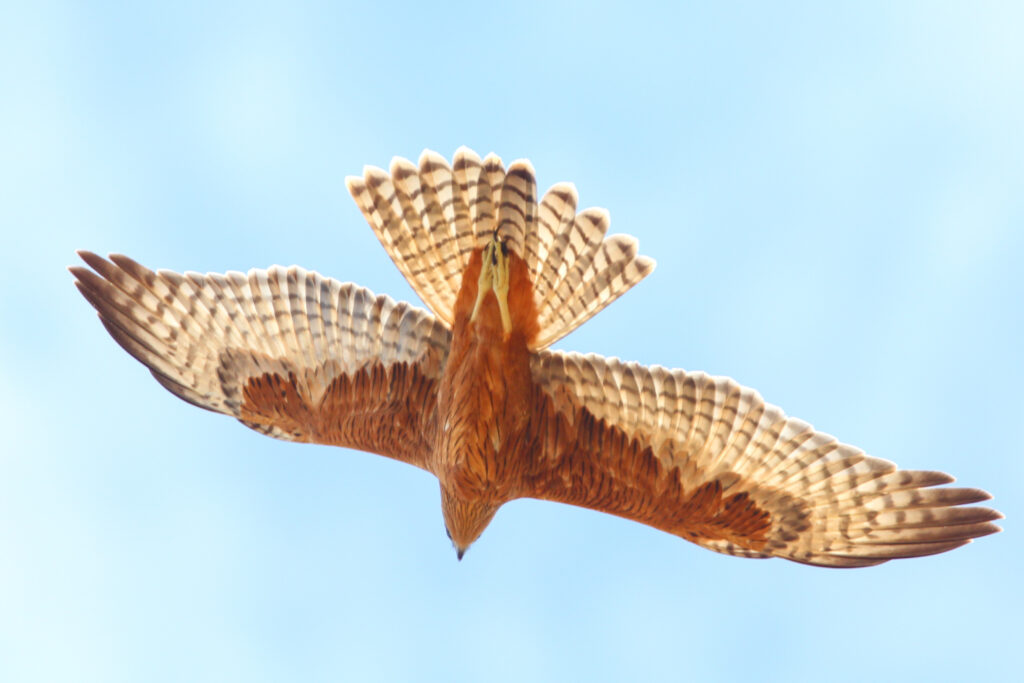
The Red Goshawk is an enigmatic species known for its beautiful rufous plumage, extreme sexual body dimorphism2, and impressive hunting skills (their diet consists of primarily birds, including parrots as large as the Sulphur-crested Cockatoo (Cacatua galerita).
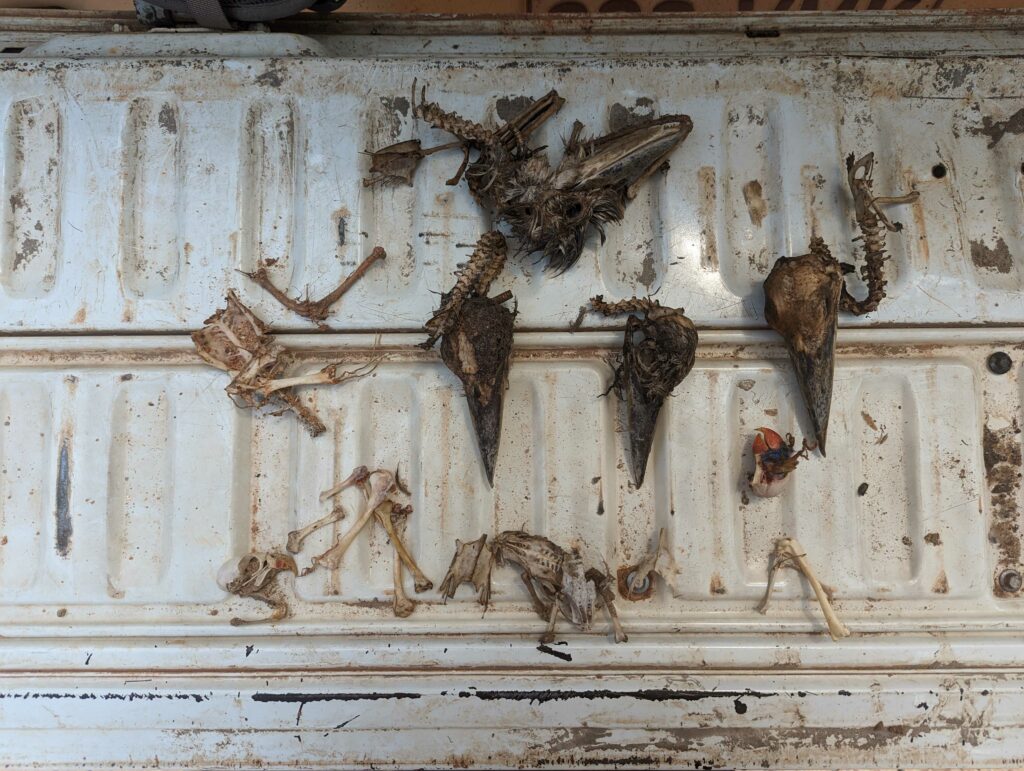
Red Goshawk prey remains, including several kookaburra and a Rainbow Lorikeet skull, found under a nest
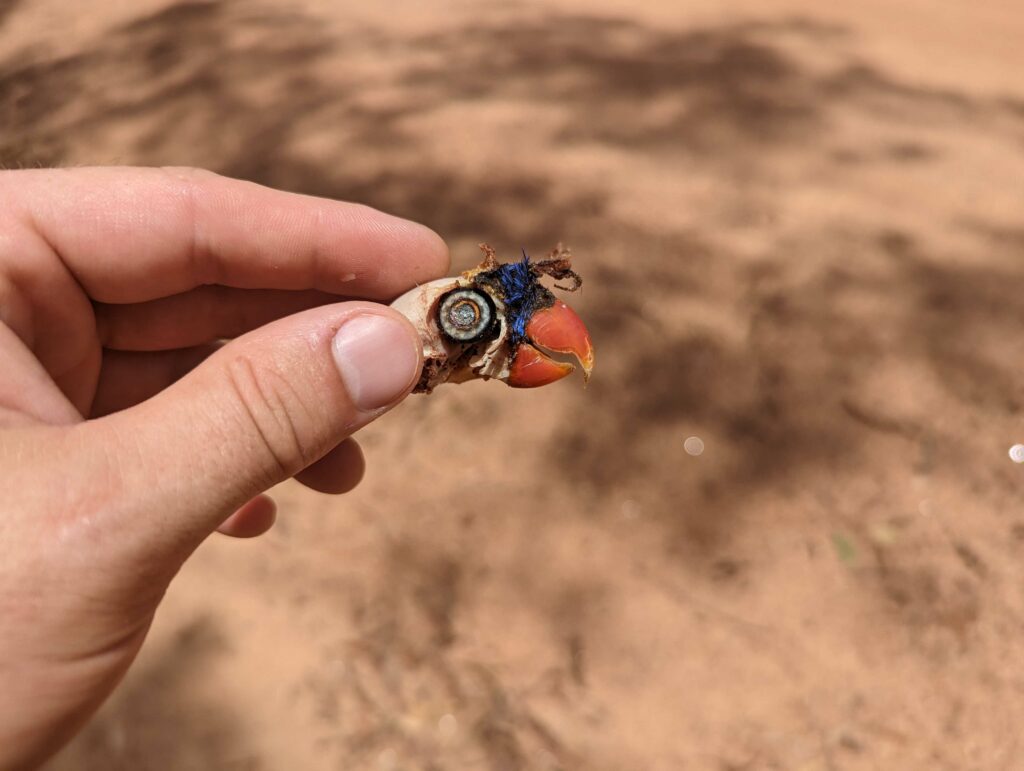
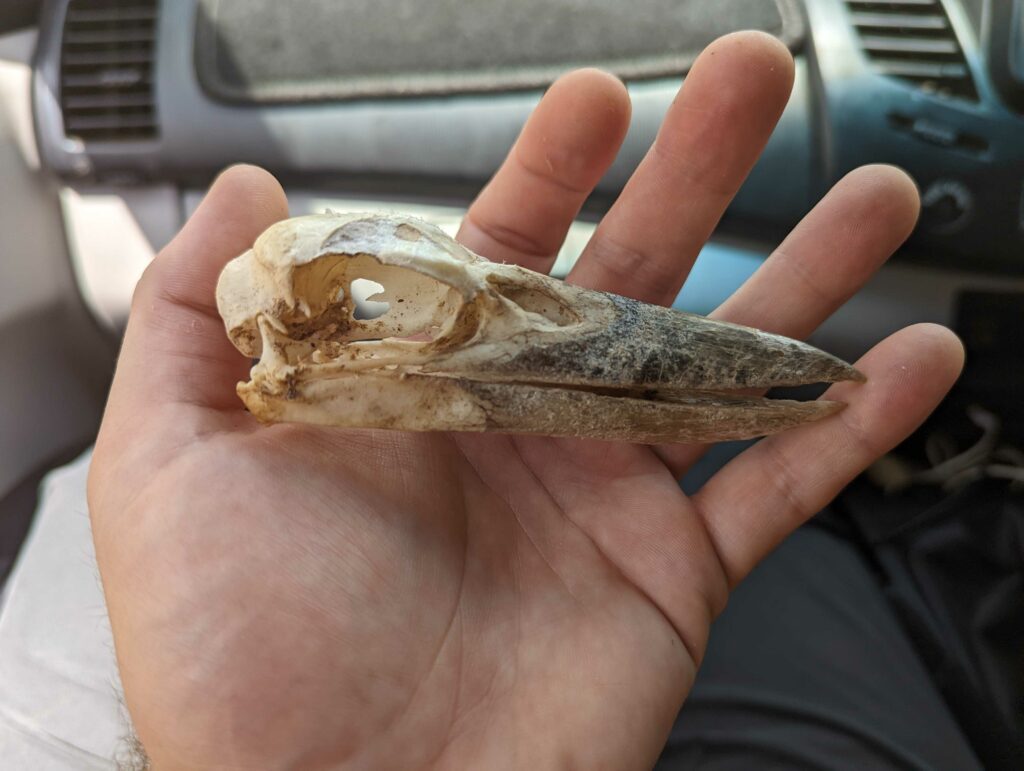
The Red Goshawk can be found nesting in Australia’s tropics/subtropics, inhabiting open-forest and woodlands where they raise just 1-2 nestlings. They are Australia’s rarest raptor species and are listed as endangered by the International Union for Conservation of Nature’s (IUCN) Red List of Threatened Species. Ongoing habitat loss and degradation appear to have resulted in significant range contraction for this species. To this point in time, the research community has lacked an understanding of the species’ movement behavior, diet, and breeding ecology. Enter Chris and his team, who have ushered in a new era of study on this spectacular bird and have laid a solid foundation for continued research efforts that will help us understand and mitigate current and future threats for them.
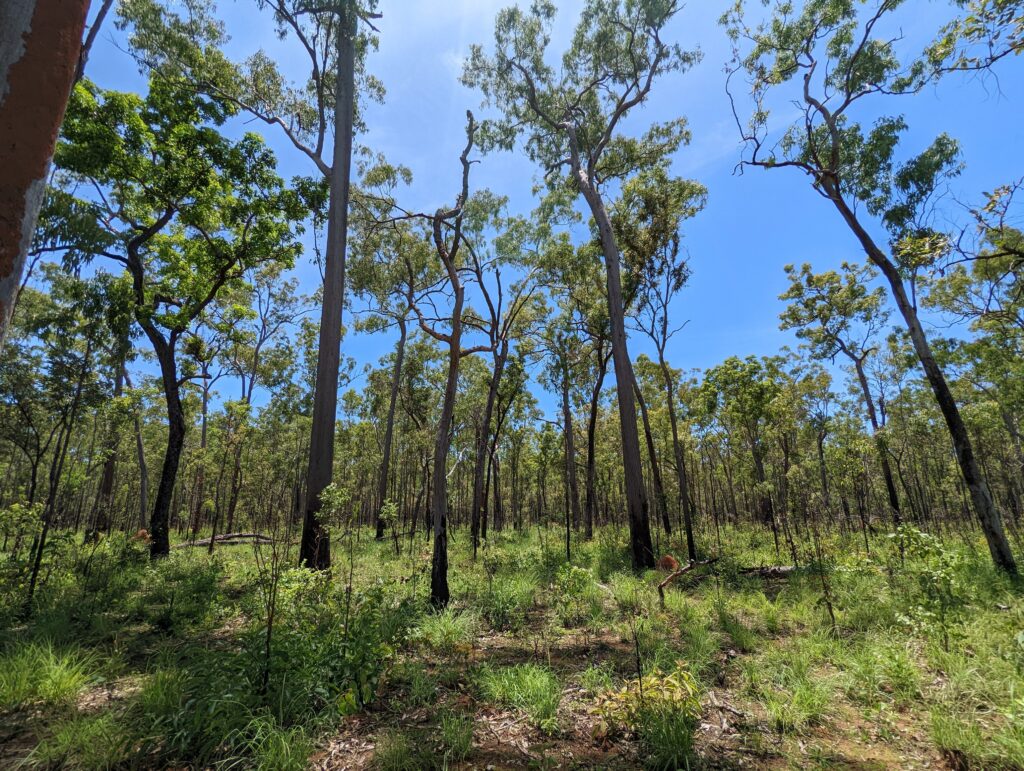
Over the course of my two weeks on Cape York Peninsula, I was fortunate to assist in the capture and transmitter attachment of four juvenile Red Goshawks. It was such a thrill to observe these birds at their nest sites and to see them up close. Before releasing them back into the “bush” with their newly attached tracking devices, I was excited to capture some quick in-hand documentation. As these juveniles begin to disperse from their natal territories, I’m excited to hear where in Australia they go. As Chris nears the end of his dissertation, I’m looking forward to reading about how his research adds to the collective knowledge on the Red Goshawk.3 One thing is for sure, I won’t soon forget my incredible experience in Australia, and I’m already eager for another visit. Thank you to Chris and all of the others I met for a lifetime of memories! I’d like to send a special thanks to the organizations partnered in Chris’ Ph.D. project for making this amazing work possible: Rio Tinto Weipa, the Australian Wildlife Conservancy, the Queensland Department of Environment and Sciences, and the University of Queensland.
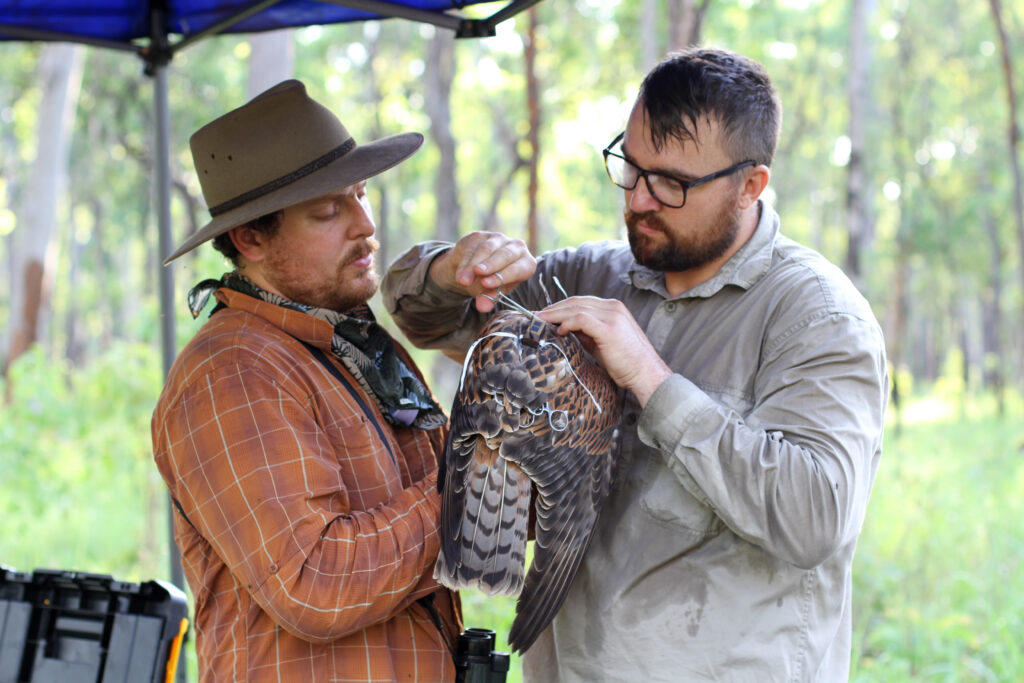
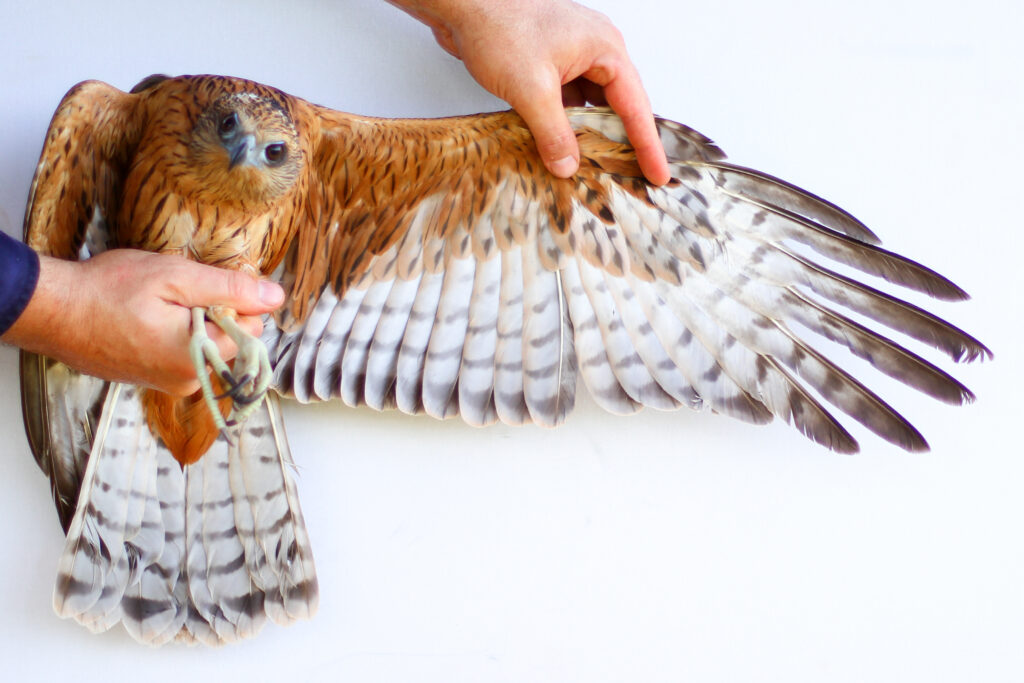
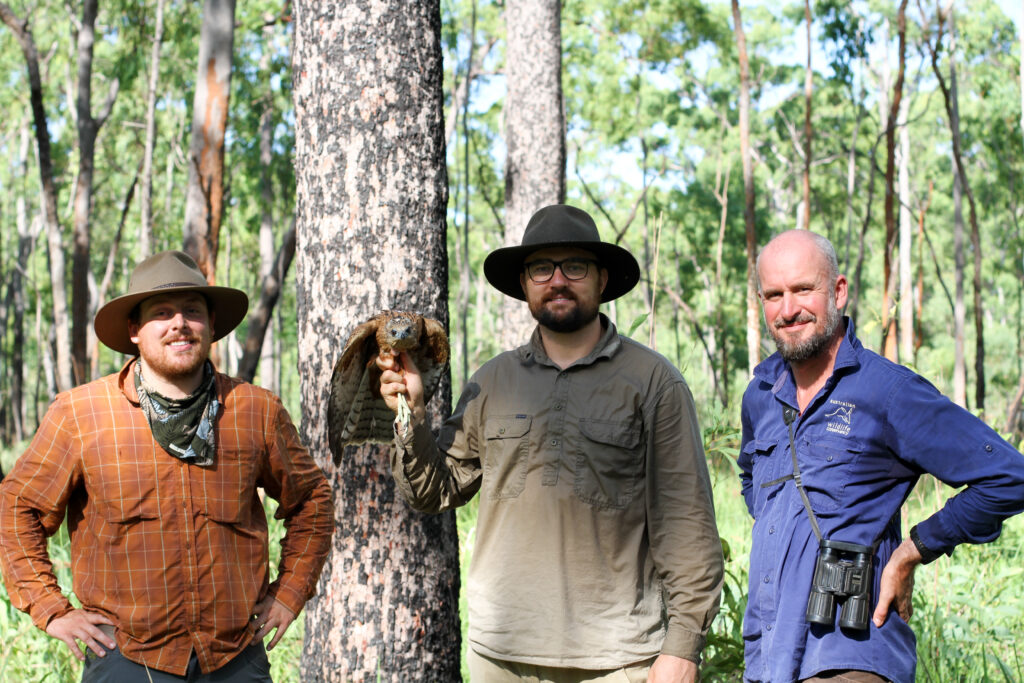
1. These devices transmit the locations of birds through time and space.
2. Males can be more than half the weight of females – for perspective, imagine comparing a large male Cooper’s Hawk (Accipiter cooperii) with a large female Northern Goshawk
3. Follow Chris on Instagram (@maccoll_chris) or Twitter (@cmaccoll) for project updates.
Photos by Jesse Watson. Distribution of the Red Goshawk (Courtesy Lynx Edicions and BirdLife International)
This blog was written by Jesse Watson, HWI’s Research Biologist and Banding Coordinator. You can learn more about Jesse here.

